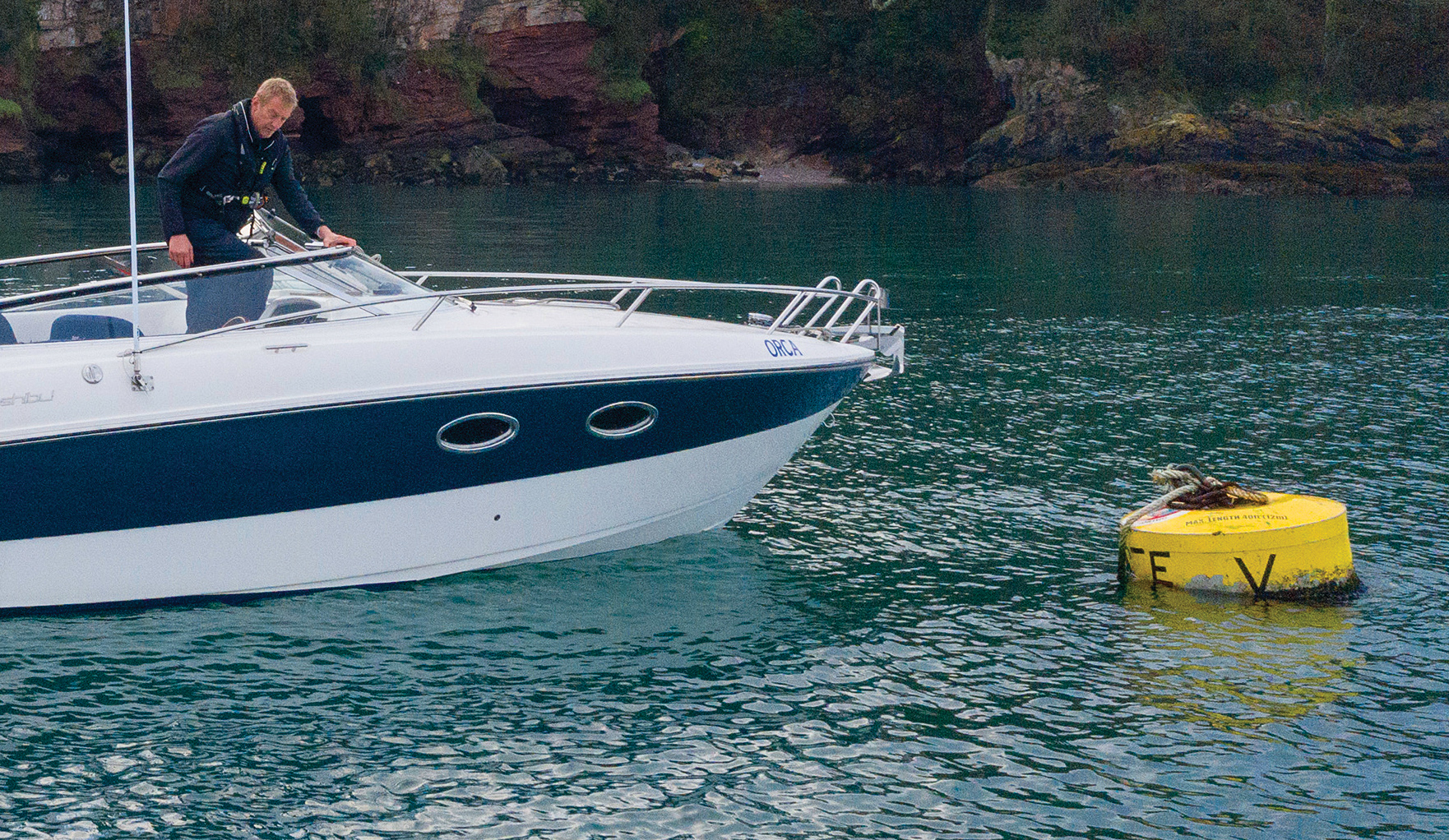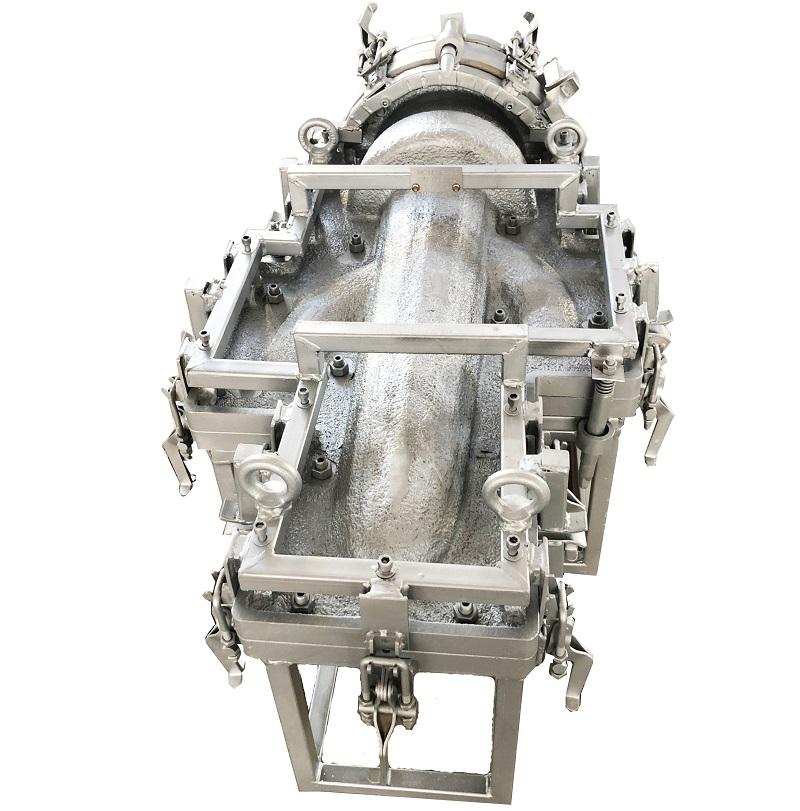As a boat owner, you know how crucial it is to keep your vessel anchored and secured properly. One of the most common ways to do this is by tying onto a mooring ball or buoy. In this article, we’ll discuss how to tie onto a mooring ball or buoy, how to release the lines, and how to prevent damaging your boat’s paint job while doing so.

Firstly, what is a mooring ball or buoy? It’s a permanent fixture placed in certain bodies of water, such as marinas or anchorages, that boats can tie onto to stay in place without the need for an anchor or a dock. They are typically large round balls or cylindrical buoys that can be picked up with a boat hook.
Step One: Approaching the Mooring Ball or Buoy
When approaching the buoy to pick it up, it is essential to keep the boat’s speed low. A general rule of thumb is to approach at a speed of around 1-2 knots (2-4 km/h). This slow speed will give the operator enough time to maneuver the boat into position and snag the pennant line, without the risk of damaging the boat, the buoy, or the people on board.
Step Two: Picking up the Mooring Ball or Buoy
Once in position, use a boat hook to grab the pennant line attached to the mooring ball or buoy, and pull it alongside the boat. Secure the pennant line to a cleat or a bollard on the boat using a figure-eight knot. Adjust the length of the line so that the boat is in the desired position, with a safe distance from other boats and obstacles.
Step Three: Releasing the Mooring Ball or Buoy
To release the mooring ball or buoy, first untie the pennant line from the cleat or bollard. Next, use a boat hook to lift the pennant line off the cleat on the buoy, and let go of it slowly until the buoy is free.
Step Four: Preventing Damage to Your Boat’s Paint Job
While picking up and releasing a mooring ball or buoy is relatively straightforward, one common issue is the contact between the buoy and the boat’s hull. When the boat is moving around the buoy, it can create a knocking sound that can be disturbing for those on board, and, what’s worse, it can cause damage to the paint job of the boat.
To prevent the mooring ball or buoy from hitting the hull, use a floating ring anchor buoy. This type of buoy attaches to the pennant line and floats on the water. When the boat is secured to the mooring ball or buoy, attach the floating ring buoy to the mooring buoy, about halfway between the buoy and the boat. The floating buoy will then act as a buffer between the boat’s hull and the mooring buoy, stopping any unwanted contact and protecting your boat’s paint job.
In conclusion, tying onto a mooring ball or buoy is one of the most common methods to secure your boat and give yourself peace of mind. As with most things, practice makes perfect, so take everything slowly at first, follow the steps outlined above, and, before you know it, you’ll be securing your boat like a pro. Don't forget to use a floating ring anchor buoy to protect your boat’s paint job and prevent any unwanted knocking sounds while you’re moored up.
Keywords: Floating Ring Anchor Buoy, mooring ball, mooring buoy, release lines, secure, paint job, safe distance, boat hook, cleat, bollard.

